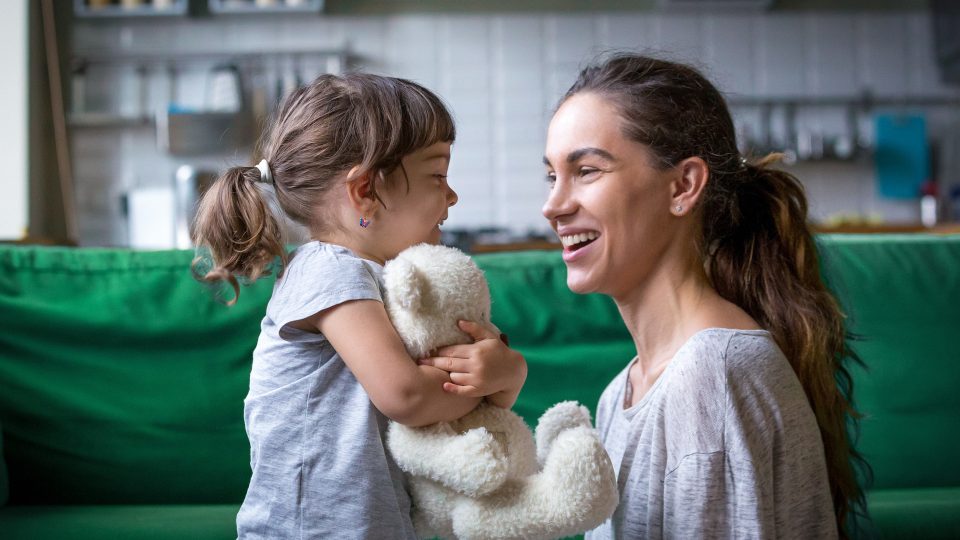Reflection | “Finding Freedom” by Apryl Huglin, Case Worker, Baptcare’s Sanctuary Program
- 04 Sep 2023
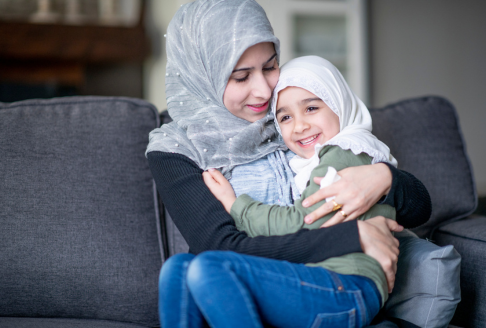
“I just want to be free, like a bird,” said the woman who sat opposite me. She and her 2-year-old son had made the long journey from Afghanistan and finally found herself here in Australia. Fleeing war and political unrest in her home country, she had come to a land of peace. But how could she be completely free when she had no secure housing and needed to support her son. She had memories that plagued her and the knowledge that the rest of her children, family and friends had been unable to escape. Fortunately, through Baptcare Sanctuary we were able to offer her housing and a safe place. Baptcare has a long history of providing places of welcome, partnering with people of all ages, cultures, beliefs, and circumstances for fullness of life. At Sanctuary we aim to provide a place where every person is valued and treated with respect. And some freedom.
To live in freedom for asylum seekers and refugees includes living without the fear of war and persecution, having your basic human rights upheld, being free to be who they are and finding a place that is safe and secure. Our spiritual care worker plays a pivotal role in helping our residents in their search for freedom: listening to people as their story unfolds, engaging in rituals of meaning and providing much needed support as they find their feet here in a new land, very different from their own. Finding freedom can be difficult for our residents but offering a safe space to live and tell their story goes a long way to bringing peace. As I reflect on Jesus’ encounters with people, I am reminded of how he showed acceptance and love to all people no matter who they were or where they came from and how this had the power to transform lives.
Let’s welcome people to our beautiful country with open arms, giving them a place to feel safe and secure and maybe one day they too will feel as free as a bird.
You can support women and children such as those profiled above via this link: Donation – Baptcare
Community news
-
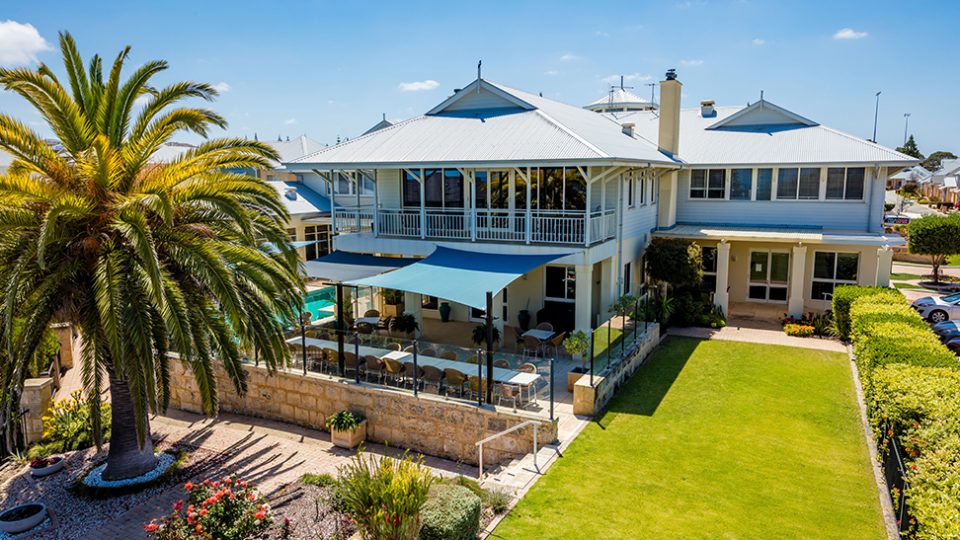
BaptistCare to acquire Keyton’s Western Australian retirement village portfolio
BaptistCare is pleased to announce that we have entered into an agreement to acquire Keyton’s portfolio of retirement villages in WA.
- 13 Nov 2025
-
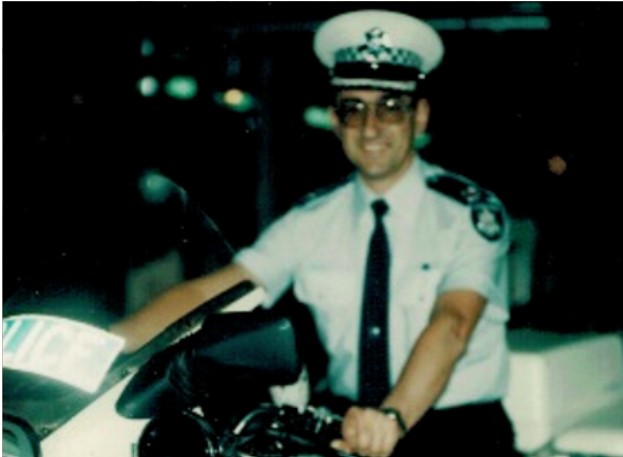
Spotlight on Residents: Reg Baker
At Baptcare, we are always delighted to learn more about our residents’ lives. They are often filled with excitement, joy, and adventure, and it truly reminds us how rich a person’s life is—and continues to be—when they join one of our residential aged care communities. Today, we are honoured to share the remarkable story of one of our residents, Reg Baker, who lives at Baptcare Peninsula View Residential Aged Care community.
- 10 Nov 2025
-
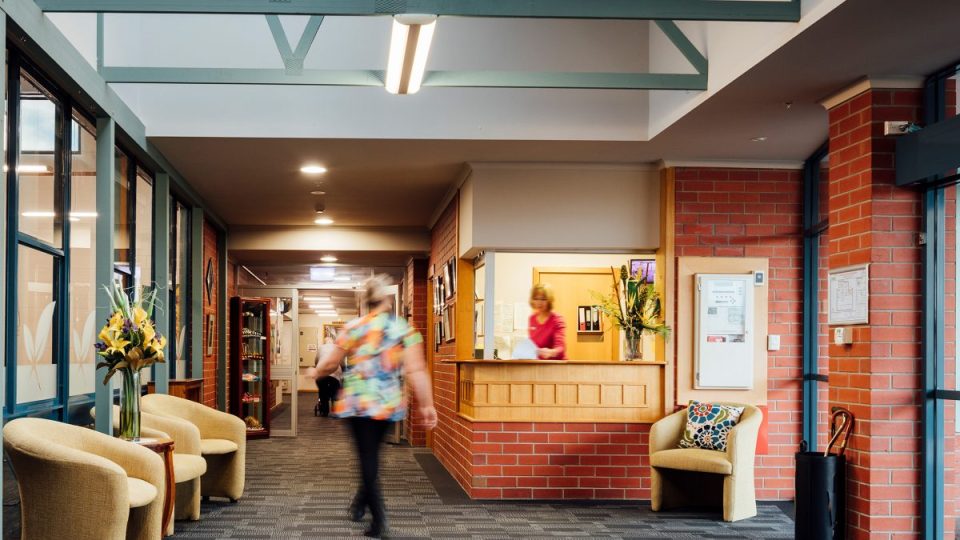
Staff spotlight | Leonie Irvine – 35 years of service in aged care
Leonie is one of our dedicated Lifestyle Assistants at Karingal Residential Aged Care community in Devonport, Tasmania. She recently celebrated an incredible milestone - 35 years of continuous service at Baptcare. In a sector where long-term service is increasingly rare, Leonie’s 35-year journey stands out as something truly special.
- 10 Nov 2025
